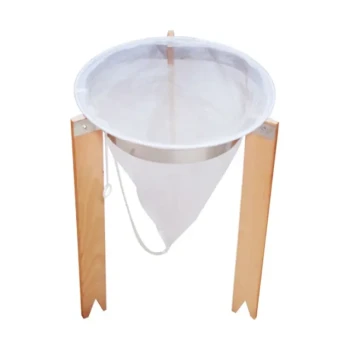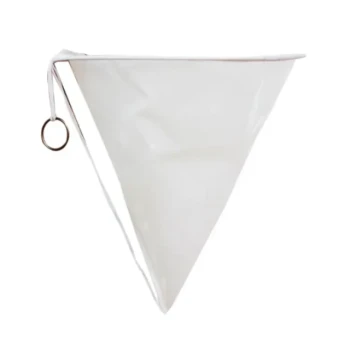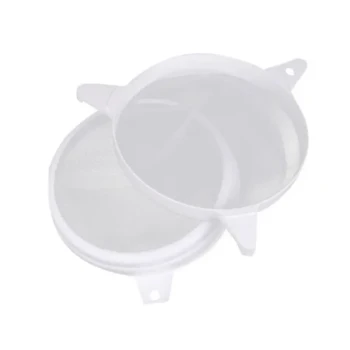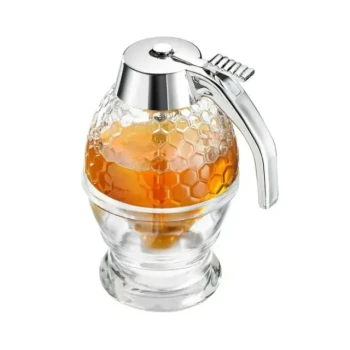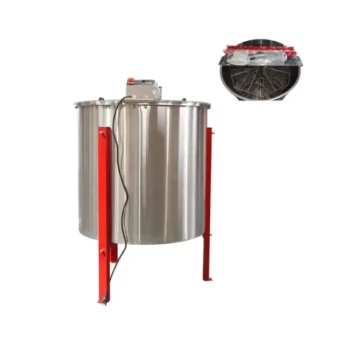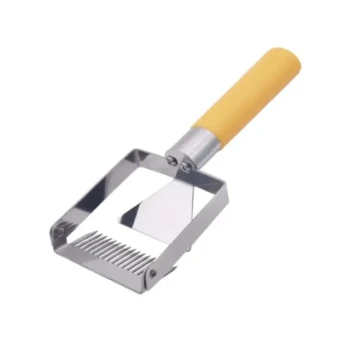In short, filtered honey is defined by its appearance. It has a consistent, uniform, and semi-crystal-clear look. This pristine clarity is a direct result of industrial processing designed to create a product that many consumers find visually appealing on the shelf.
The core takeaway is that the "filtered" appearance is not a natural state. It is the result of a deliberate process that removes fine particles like pollen, beeswax, and other microscopic solids to achieve a brilliant, jewel-like clarity.

What Creates the "Filtered" Look?
The clean appearance of filtered honey is a direct consequence of a specific processing step. Understanding this process reveals why it looks the way it does and why it's so common in commercial honey.
The Goal is Uniformity
The primary purpose of filtration is to create a visually consistent and stable product. By removing all suspended particles, producers ensure that every bottle looks exactly the same and has a longer shelf life before crystallizing.
What Is Actually Removed?
Filtration, especially fine-filtering often used in large-scale production, removes microscopic particles that would otherwise make the honey appear cloudy or opaque.
These particles include:
- Pollen Grains: Tiny grains that are naturally present in honey and can be used to trace a honey's floral and geographic origin.
- Small Wax Particles: Bits of beeswax from the honeycomb.
- Other Fine Particulates: This can include propolis and other natural elements from the hive.
The removal of these elements is what gives filtered honey its characteristic see-through quality.
Understanding the Trade-offs
Choosing filtered honey involves a trade-off between aesthetic purity and the honey's natural composition. Neither is inherently "bad," but they serve different purposes.
The Benefit of Clarity
For many consumers and culinary applications, a clean, clear honey is ideal. It mixes easily into liquids without adding cloudiness and presents a pure, sweet flavor profile without the more complex or sometimes slightly bitter notes that pollen can introduce.
The Drawback: Loss of Pollen
The most significant consequence of filtration is the removal of pollen. Critics of this process argue that pollen is a key part of what makes honey unique, containing trace nutrients and serving as a "fingerprint" to verify the honey's origin.
Without pollen, it is nearly impossible to determine what plants the bees visited or even what country the honey came from.
Making the Right Choice for Your Goal
Your preference for honey's appearance should be guided by your ultimate goal.
- If your primary focus is a clean look and consistent taste for baking or beverages: Filtered honey is a reliable and predictable choice.
- If your primary focus is traceability and retaining all natural components: Look for unfiltered or raw honey, which will appear cloudier and more opaque.
Ultimately, understanding the link between appearance and processing empowers you to choose the exact type of honey that best suits your needs.
Summary Table:
| Aspect | Filtered Honey | Unfiltered/Raw Honey |
|---|---|---|
| Appearance | Clear, uniform, brilliant | Cloudy, opaque, natural |
| Pollen Content | Removed | Present |
| Shelf Life | Longer (slower crystallization) | Shorter (faster crystallization) |
| Taste Profile | Pure, sweet, consistent | Complex, varies by floral source |
| Traceability | Difficult to determine origin | Possible via pollen analysis |
Need a reliable supply of high-quality honey processing equipment?
At HONESTBEE, we understand that commercial apiaries and beekeeping equipment distributors require durable, efficient tools to meet market demands for both filtered and unfiltered honey. Our wholesale-focused operations provide the professional-grade supplies you need to ensure product consistency and quality.
Contact our team today to discuss how our beekeeping supplies can support your production goals and help you deliver the perfect honey for your customers.
Visual Guide
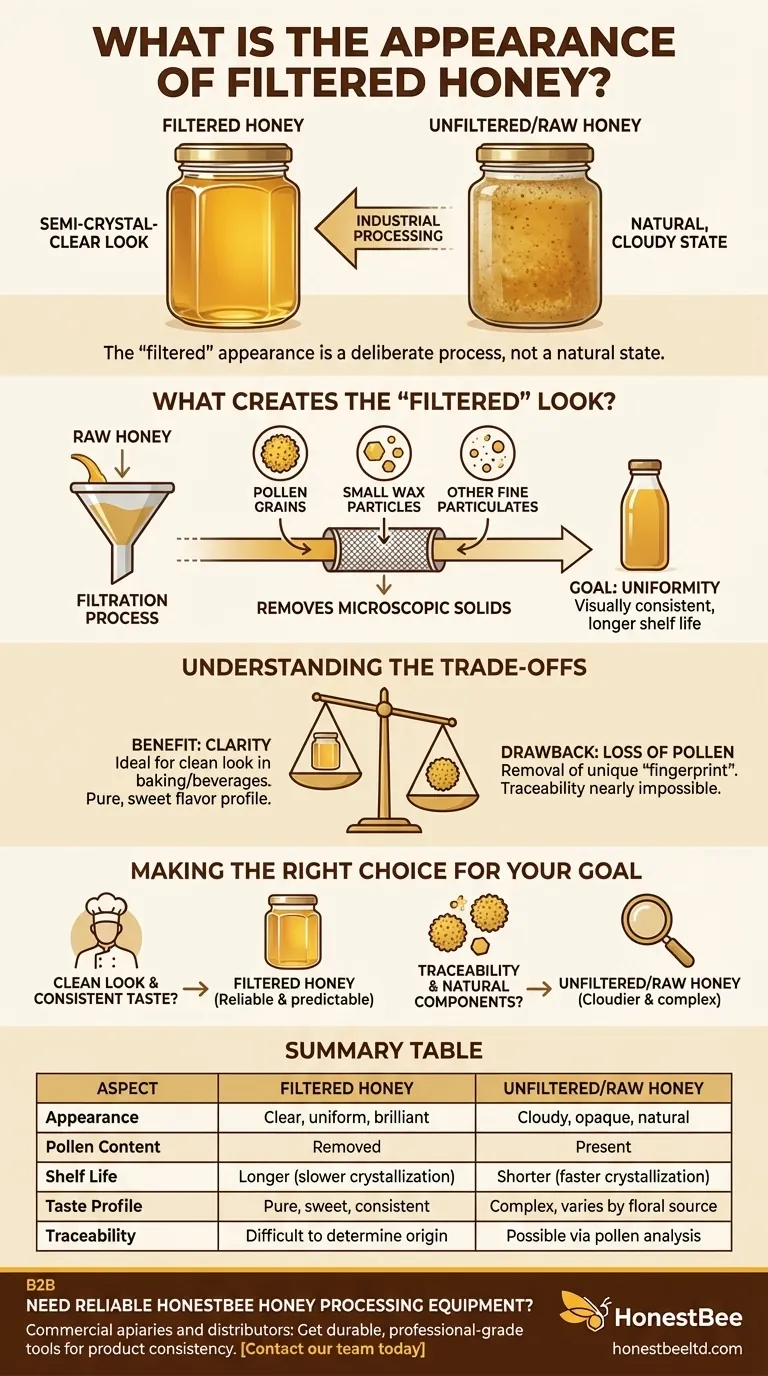
Related Products
- Professional Honey Filter with Tripod Support Stand
- Professional Cone-Shaped Honey Filter with Reinforced Steel Ring
- Two-Stage Plastic Honey Filter for Buckets
- Professional Stainless Steel Honey Filter with Support Handle
- Nylon Honey Strainer Square Filter Cloth for Honey Filters
People Also Ask
- Why is it important to inspect and replace filters in honey filtering equipment? Protect Your Honey Quality & Equipment
- Is it necessary to filter honey after extraction? A Guide to Straining vs. Raw Honey
- What is better, a 100 or 200 micron filter? Find the Right Fit for Your Water System
- What are the benefits of drying honey filtering equipment after use? Protect Your Honey Quality & Equipment Investment
- What is the role of filtration in honey processing? Ensure Purity, Clarity, and Shelf Life
